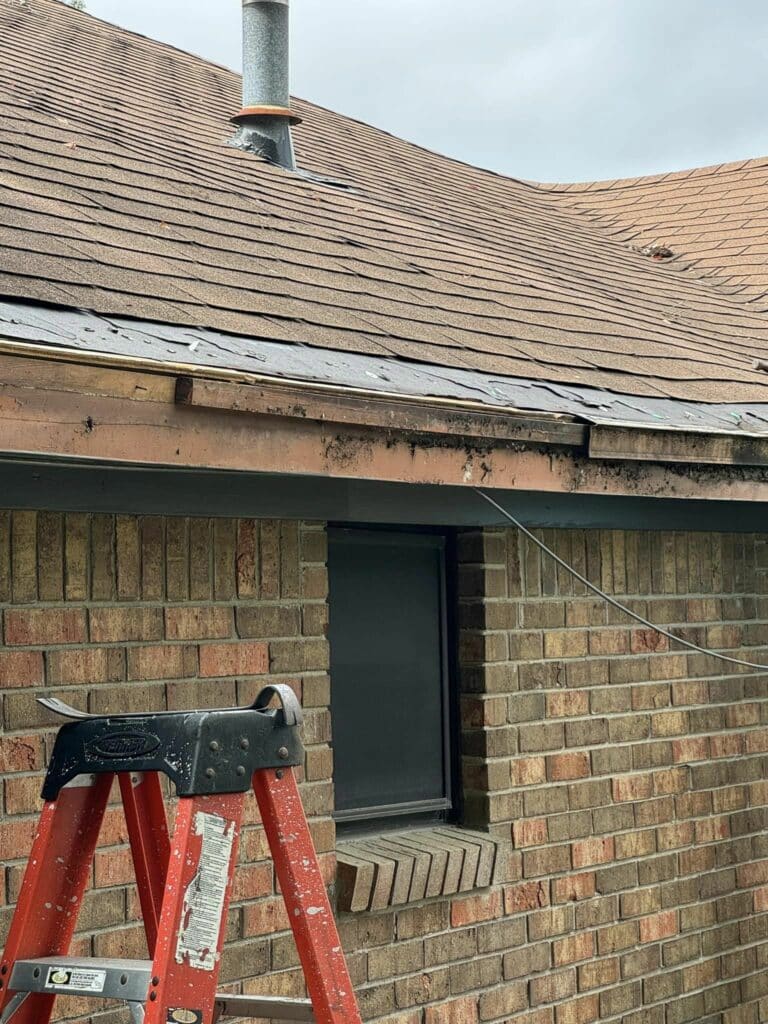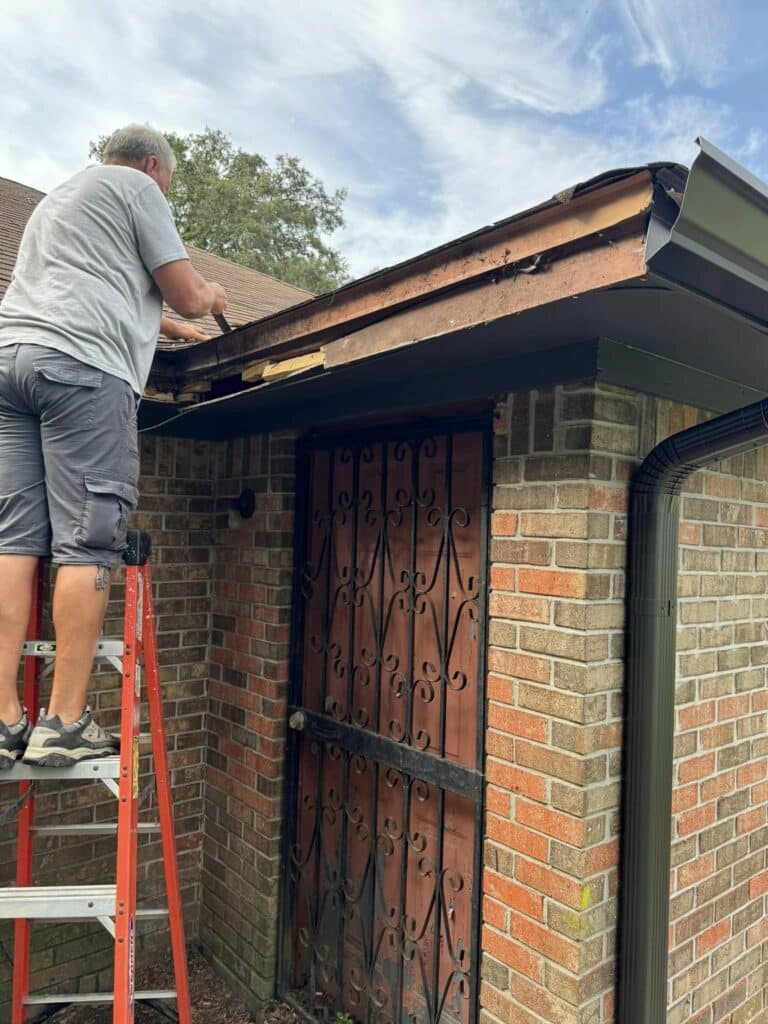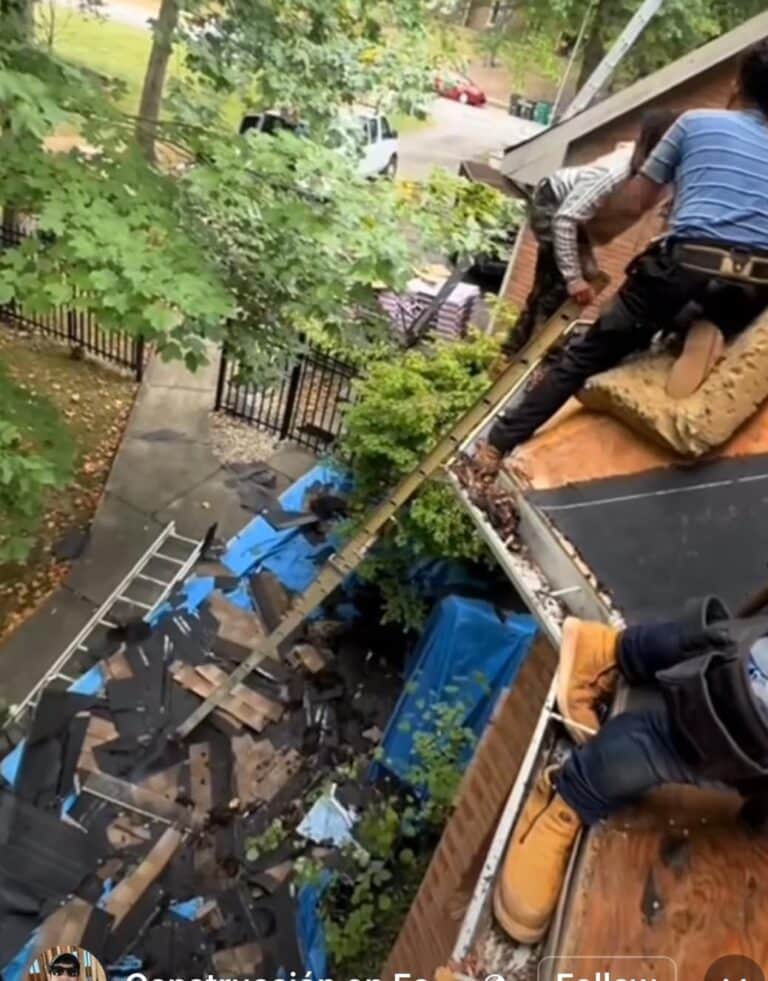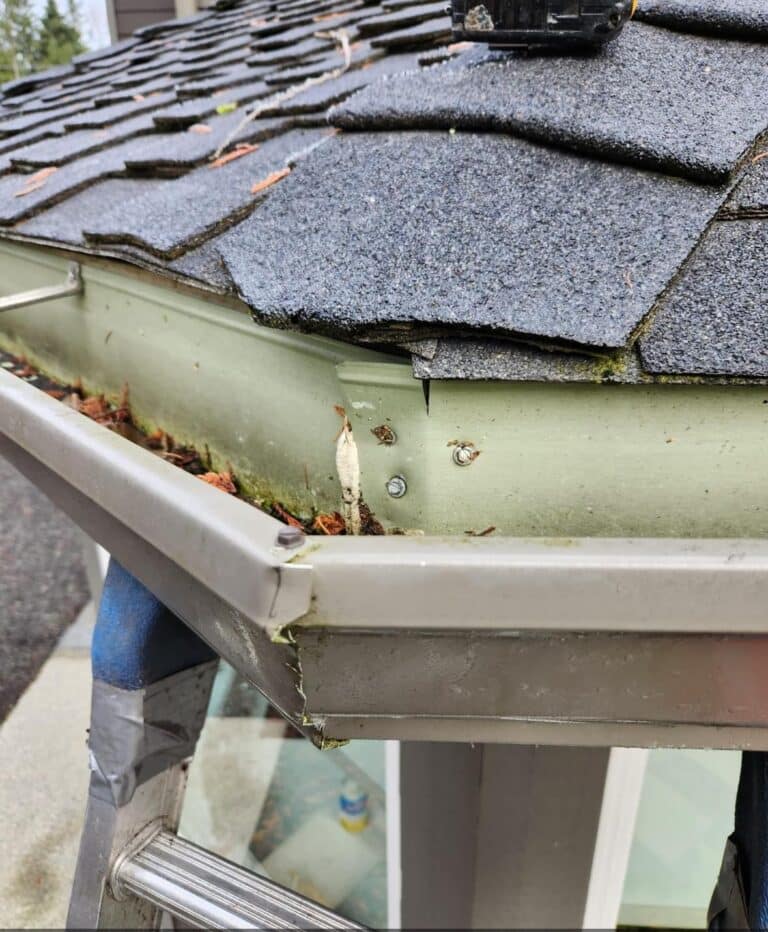Local. Family Owned. Trusted.
Reliable gutter repairs
Don’t let minor gutter problems turn into major headaches. Our reliable gutter repairs ensure your system functions flawlessly for years to come.


Gutter Solutions and Home Improvement
Your Partner in Gutter Protection
Gutter Solutions & Home Improvements has you covered
At Gutter Solutions and Home Improvement, we specialize in transforming your home into a safe and beautiful haven. We are experts in making new gutters, gutter protection, and cleaning, but we also offer additional services such as gutter repair.
When it comes to protecting your home, solving gutter problems is very important. Like any other part of your property, gutters require maintenance to extend their lifespan. That’s why we offer free inspections to all our customers.
Our knowledgeable team understands that even small problems like dirt build-up can cause big problems if ignored. That’s why we take every repair seriously, from inspections to precision repairs, to ensure your gutters are in good condition.
Gutter Repair Done Right
Expertise, Quality, and Customer Satisfaction
Gutter Solutions & Home Improvements can help
Whether it’s seamless gutter installation, French drain installation, or pool enclosure repair in Pensacola, we approach every project with the same enthusiasm. We take pride in our craftsmanship and ensure that all repairs are completed perfectly. From custom bending to seamless soldering, we pay attention to every detail to get your gutters back in the best condition.
We believe knowing and understanding how to maintain your gutters is important. That’s why we take the time to review best practices with our customers before each repair. Filling yourself with the knowledge to properly care for your gutters will help you enjoy their benefits for years to come.
At Gutter Solutions and Home Improvements, we understand how important it is to protect your investment. That’s why we don’t just fix the problem; we strengthen your entire gutter system to protect it from the elements. We focus on quality and customer satisfaction so you can trust that your gutters are in the best hands.

Don't put your home at risk due to gutter problems
Contact Gutter Solutions and Home Improvement today to schedule your free repair consultation. Our expertise and quality standards ensure that your gutters are returned to top condition and your home remains safe for years to come.
We Do It All
Your One-Stop Shop for Home Improvement Needs
Gutter Solutions & Home Improvements can help
From seamless gutter installation to fence and wood rot repairs, we offer a wide range of services to meet all your home improvement needs. Whether you have water damage or need help with a failed inspection, we are here for you. Our team is committed to providing superior service and workmanship, backed by a lifetime warranty on all our work.

